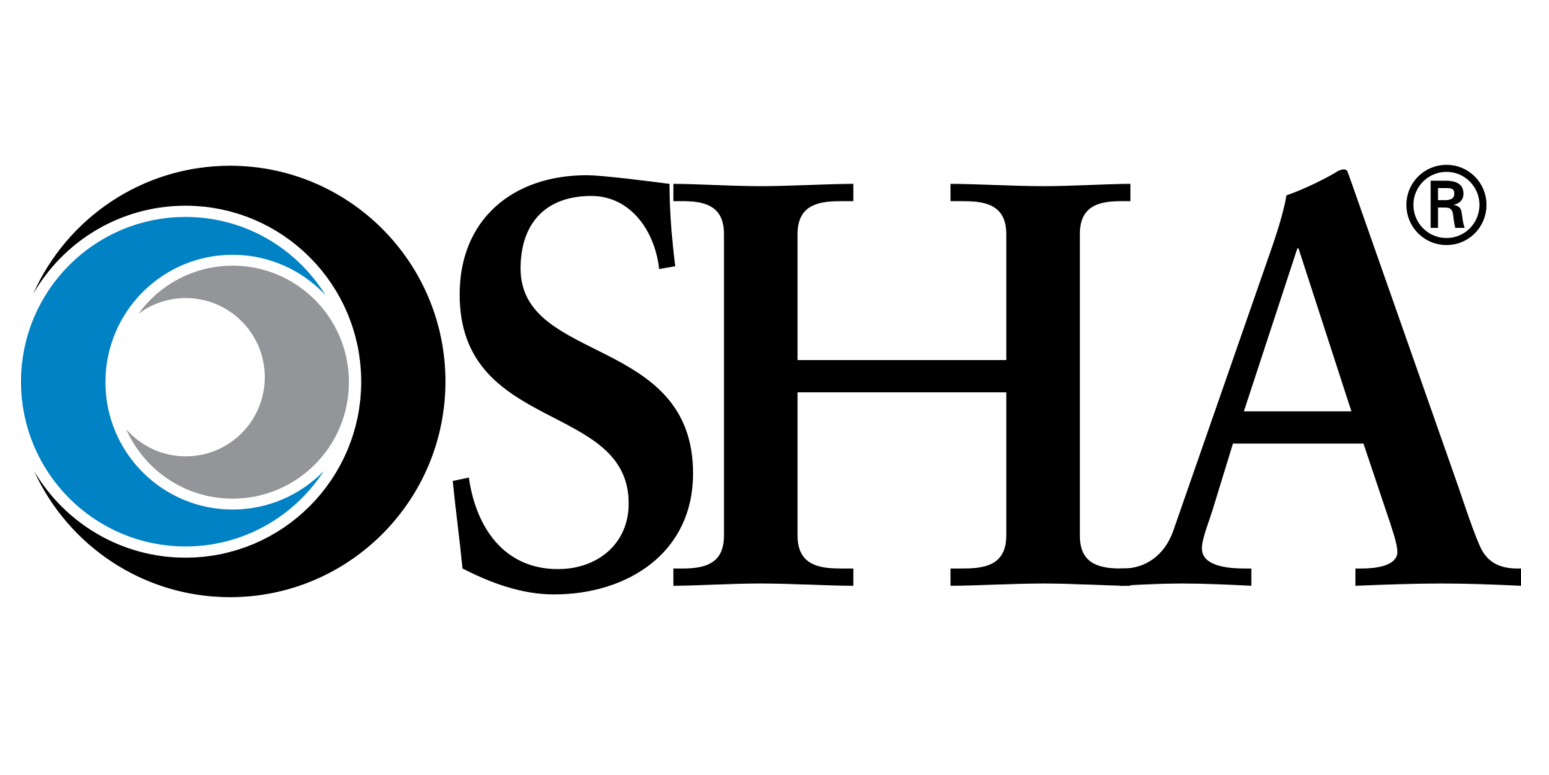The Occupational Safety and Health Administration (OSHA) has created a lot of jobsite safety rules since its creation in 1971. Some of those rules have become outdated, due to a variety of reasons, or have caused unnecessary confusion for companies due to wording. Earlier this month, OSHA proposed 18 revisions to existing rules, with many affecting the construction industry.
According to OSHA, these rules changes will not only reduce confusion, but also potentially save employers $3.2 million per year in reduced compliance costs. It’s good news that OSHA expects less cost for employers, but that $3.2 million is spread across all employers in the United States, so don’t expect a major bonus this year because of them.
"The changes we propose will modernize OSHA standards, help employers better understand their responsibilities, increase compliance and reduce compliance costs," said Assistant Secretary of Labor for Occupational Safety and Health Dr. David Michaels in a press release. "Most importantly, these revisions will improve the safety and health protections afforded to workers across all industries."
14 of the 18 proposed changes pertain to the construction industry, which is unsurprising, since the construction industry is by far the most affected by the safety standards. Below are the 14 standards changes that would affect the construction industry:
Reporting job-related hearing loss
OSHA recordkeeping regulations require employers to record and report occupational injuries and illnesses. The proposed revision codifies current enforcement policy and clarifies that a determination whether an employee's hearing loss is "work-related" must be made using specific, clear criteria, which are also set out in OSHA regulations.
Control of Hazardous Energy (Lockout/Tagout)
The proposed revision clarifies employers' duties under the lockout/tagout standard. The existing general industry standard requires protections against the "unexpected energization" of machinery during servicing. The proposed revision to remove the term "unexpected" reflects OSHA's original intent and eliminates confusion regarding applicability of the standard.
911 Emergency Services at Worksites
Existing construction regulations require employers to conspicuously post telephone numbers for ambulances, etc. at worksites located in areas where 911 emergency dispatch services are not available. The proposed revision updates this requirement to reflect the predominance of the use of cellular telephones at construction sites and the widespread adoption of 911 emergency dispatch services. The proposed revision requires the posting of location information at worksites in areas that do not have Enhanced 911 (which automatically supplies the caller's location information to the dispatcher).
Permissible Exposure Limits (PELs)
The proposed revisions to the construction PELs requirements are corrections and clarifications to make this standard consistent with other OSHA PELs standards.
Process Safety Management of Highly Hazardous Chemicals
To avoid unnecessary duplication, OSHA proposes to replace the entire thirty-one pages of regulatory text for the Process Safety Management of Highly Hazardous Chemicals (PSM) Standard for construction with a cross reference to the identical general industry standard.
Personal Protective Equipment
Ensuring that personal protective equipment (PPE) properly fits each employee is essential to employees' protection. The proposed revision to require employers to select PPE that properly fits each employee clarifies the construction PPE requirements and makes them consistent with general industry requirements.
Lanyard/lifeline Break Strength
The proposed revision standardizes break-strength requirements for lanyards and lifelines throughout the construction and general industry standards.
Manual on Uniform Traffic Control Devices (MUTCD)
The proposed revisions update and clarify the provisions related to traffic signs and devices, flaggers, and barricades to align with current DOT requirements. This removes the burden on construction employers, who have sought this change, to follow multiple sets of regulations for OSHA, DOT, and state and local governments.
Load Limit Postings
The proposed revision exempts single family dwellings from a requirement to post maximum safe-load limits for floors in buildings under construction, reducing a burden for residential builders. The existing OSHA standard requires posting in residential dwellings where safe-load limits are rarely, if ever, an issue, thus eliminating a paperwork burden for construction employers.
Excavation Hazards
The proposed revision clarifies employers' duties in the excavation standard. The proposed revision clarifies that a hazard is presumed to exist when loose rock or soil and excavated material or equipment is beside a trench.
MSHA Underground Construction – Diesel Engines
Existing regulatory language requires that mobile diesel-powered equipment used underground comply with outdated Mine Safety Health Administration's (MSHA) provisions. The proposed revision updates the regulatory language to cross-reference to the revised MSHA provisions.
Underground Construction
The proposed revision replaces outdated decompression tables used to protect employees working in pressurized underground construction sites. The proposal allows employers to use the modern French decompression tables.
Rollover Protective Structures
The proposed revision replaces the outdated construction standard with references to the appropriate consensus standards.
Regulation of coke oven emissions in construction
The proposed revision removes the regulation of coke oven emissions provisions from the construction standards. Any work during operation of coke ovens is general industry work, and the standard does not fit construction work.
Collection of Social Security Numbers
The proposed revision comprehensively removes from general industry, construction, and maritime standards all requirements to include an employee's social security number on exposure monitoring, medical surveillance, and other records in order to protect employee privacy and prevent identity fraud.
You can view the other 3 proposed revisions on OSHA’s website, which pertain to feral cats, and x-ray requirements. If you'd like to comment on the proposed rule changes, you can do so before December 5, 2016 by visiting https://www.regulations.gov/.











Last summer, Hilti announced that they had developed their first exoskeleton designed for construction tradespeople in a partnership with Ottobuck, a prosthetics, orthotics, and exoskeleton provider. Earlier this month, Hilti officially released the exoskeleton, announced more details, and published its retail price on their website.